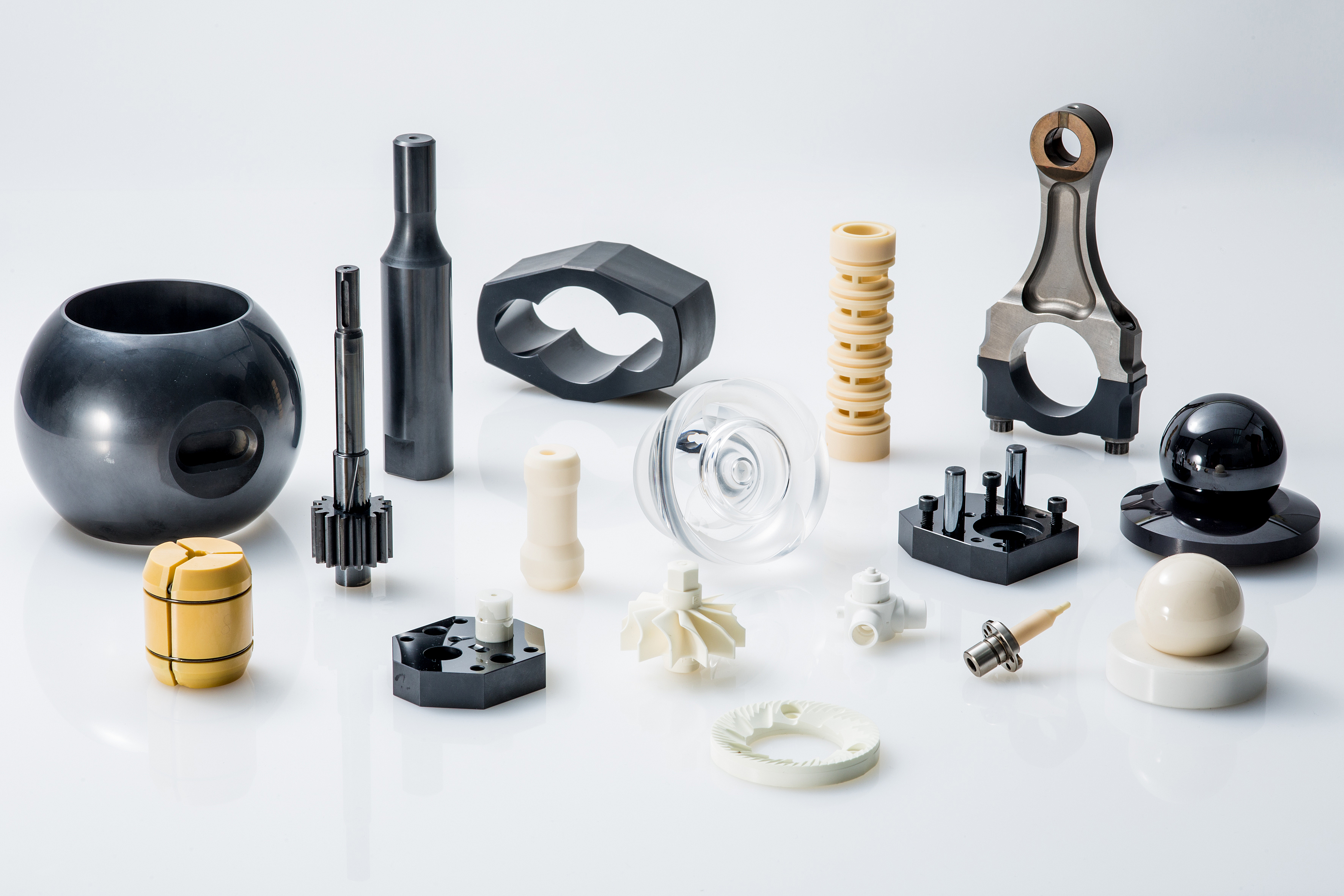Why ceramics
Ceramic materials offer great potential when it comes to withstanding high mechanical, thermal, tribological and corrosive stresses.
Technical Ceramics or high-performance ceramics, industrial ceramics, engineered ceramics etc. often solve problems as high-performance ceramics are preferably used when conventional materials fail.
When a significant qualitative improvement to the performance characteristics can only be achieved or implemented with ceramics, material substitution might be a promising option.
We recommend that you test whether Technical Ceramics are the right material for your application, in particular whether your component has to have one or more of the following performance characteristics:
- Resistance to wear (increased service lives)
- Thermal shock resistance
- High temperature strength
- Thermal insulation
- Electrical insulation
- High hardness
- Low density
- Non-magnetizable
- Corrosion resistance
- Biocompatibility
- High Elastic Modulus (stiffness)
- Dry running properties
Risks when using components made of Technical Ceramics are very often overrated because of prevailing prejudice against the material. Ceramic high-performance materials exhibit very high mechanical strength and it hardly diminishes at temperatures up to 1,000°C.

Ceramic materials
Ceramic materials have become established in extreme high-temperature applications where wear and corrosion resistance are required and conventional materials fail or cannot be used.
In applications that benefit from the advantages of Technical Ceramics, the ceramic solution has shown better economic efficiency even with significantly higher initial costs because of increased service lives and functional reliability (e.g. hybrid bearings and plain bearings that entail significant cost advantages).

